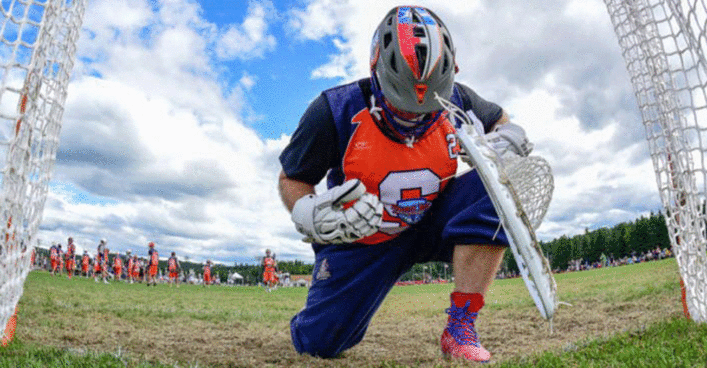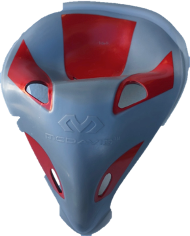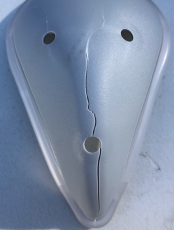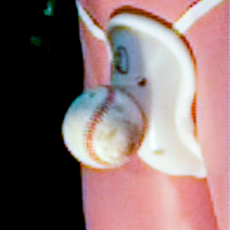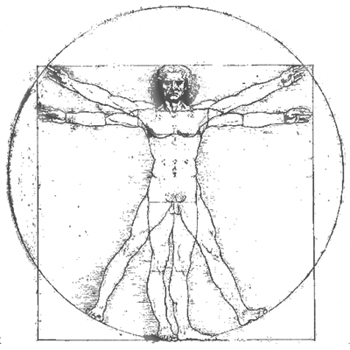On the admissibility of biomechanics testimony the Reference Manual on Scientific Evidence, written jointly by the National Academies of Sciences, Engineering and Medicine and the Federal Judicial Center, states: “Specifically, one cross-disciplinary domain deals with the study of injury mechanics, which spans the interface between mechanics and biology. The traditional role of the physician is the diagnosis (identification) of injuries and their treatment, not a detailed assessment of the physical forces and motions that created injuries during a specific event. The field of biomechanics (also called biomechanical engineering) involves the application of mechanical principles to biological systems, and is well suited to answering questions pertaining to injury mechanics.” In the case Garner v Baird [910 N.Y.S.2d 762, 762 (N.Y. Civ. Ct. 2010)] defined biomechanics as “the application of physics and mechanical engineering to the human body.”
In a ruling of the 1st District Court of Appeals of Florida on July 19, 2012 [98 So.3d 115, Florida First District Court of Appeals, 2012] Judge Healey concluded, “that biomechanics expert, Dr. John Lloyd is qualified to offer opinions as to causation because the mechanism of injury fell within the field of biomechanics”. Moreover, in the case of Taylor v Culver Florida First District Court of Appeals, 2015 the appeals court ruling, which directly references Council states “the proffered testimony of the Appellant’s biomechanics expert was relevant to the disputed issues concerning velocity and direction of forces involved in the accident”. In the case Maines v Fox [190 So.3d 1135, Florida First District Court of Appeals, 2016], the ruling states: “Biomechanical opinions as to the general causation of a type of injury are admissible in a personal injury case.”

